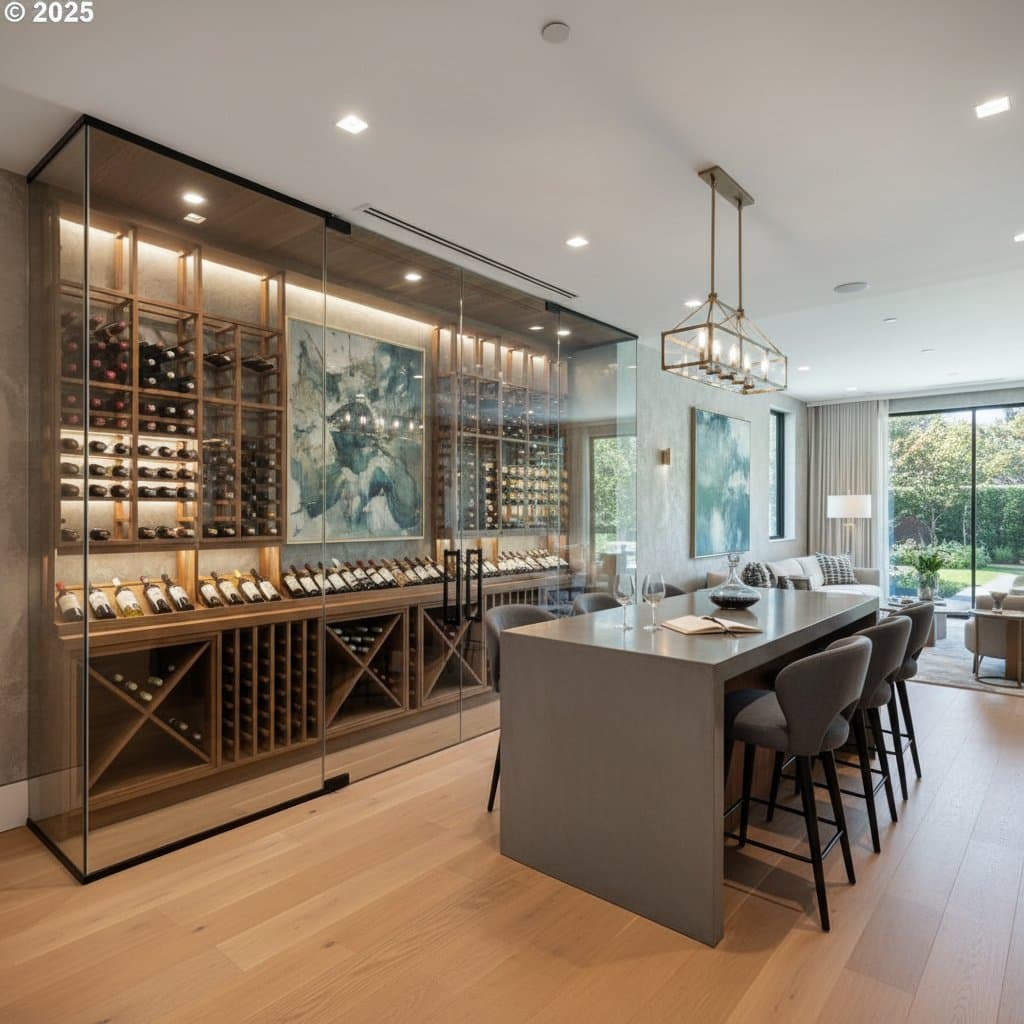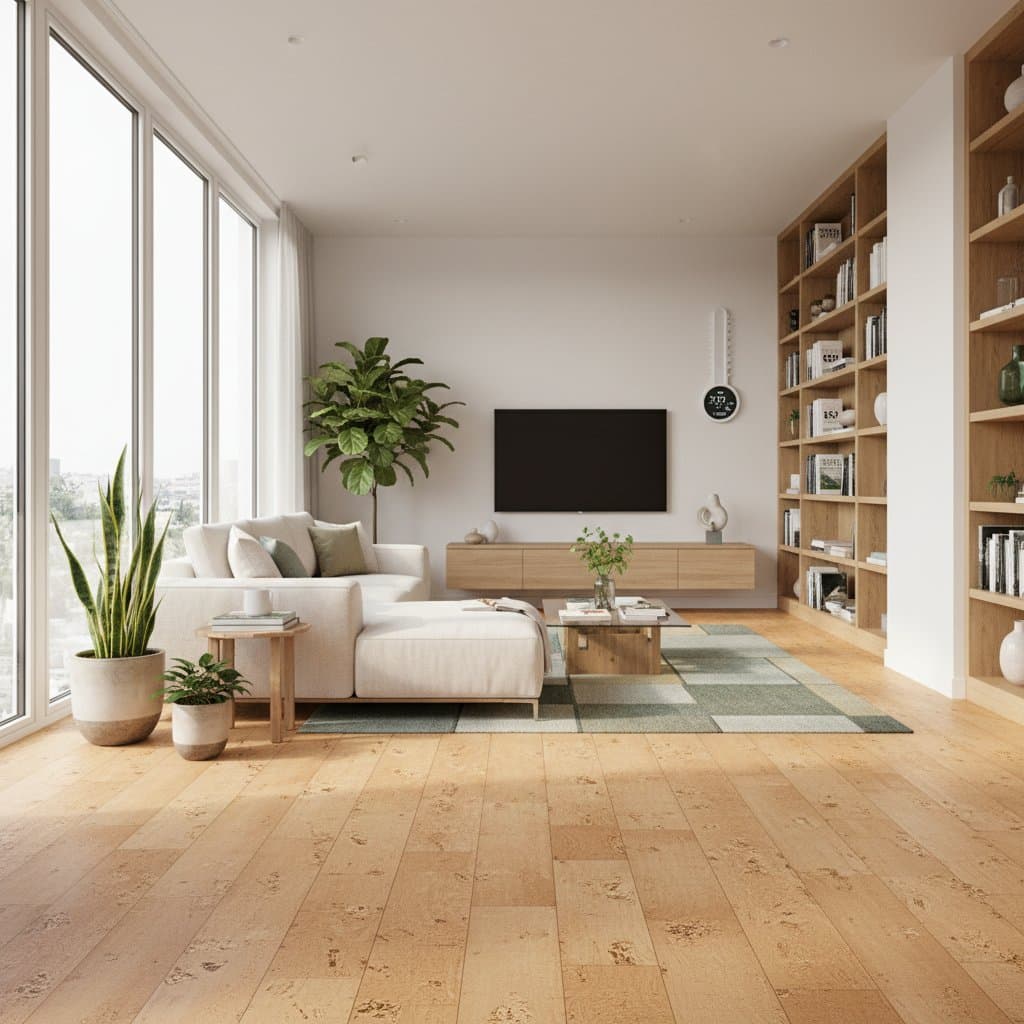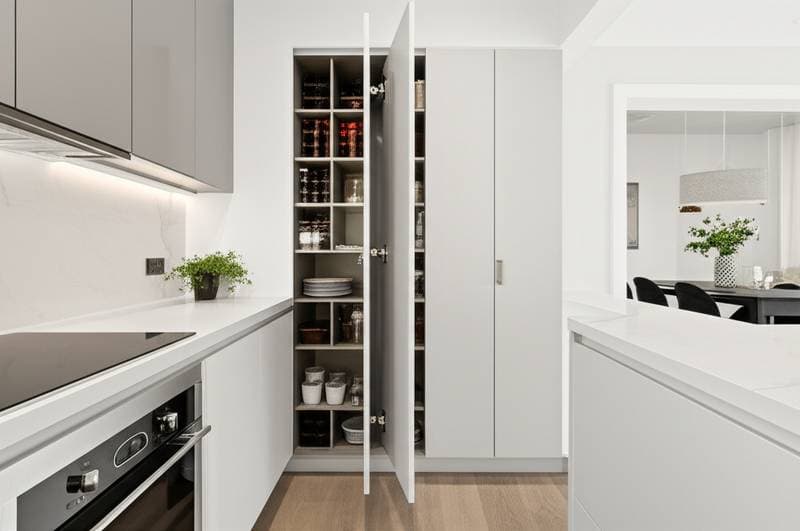- Aesthetic Enhancements: Incorporating recessed LED lighting, durable tile flooring, or quartz countertops boosts appeal and functionality, though it elevates expenses.
Budget an additional 10 to 15 percent for unforeseen issues, particularly in homes constructed before 1980, where wall inspections may reveal hidden obstacles.
Deciding Between DIY and Professional Installation
Assessing personal skills and project scope determines the best approach for installation.
Opt for DIY If:
- Experience includes basic framing, cabinet assembly, and finishing techniques.
- The design remains straightforward, avoiding any disruption to wiring or pipes.
- Essential tools, such as a circular saw, drill set, and precision level, are readily available.
Engage Professionals If:
- The build involves load-bearing adjustments or embedding appliances.
- Precision matching to existing cabinetry is crucial for a flawless finish.
- Time constraints or complexity, like custom door alignments, demand expert handling.
Professionals typically complete the work in one to two weeks, compared to several weekends for DIY efforts. Misaligned doors represent a frequent pitfall in self-built projects, compromising the concealed aesthetic and requiring costly corrections.
Essential Maintenance Practices
Proper care ensures hidden pantries remain functional and visually appealing over time. Focus on routine checks to prevent common wear.
- Hardware Upkeep: Inspect hinges and tracks biannually; apply lubricant to maintain smooth operation and prevent squeaks.
- Illumination Systems: LED lights endure for 10 years or more. Substitute bulbs with equivalents in brightness and tone to preserve uniform illumination.
- Shelving Integrity: Distribute weight evenly, limiting loads to 50 pounds per shelf on standard units. Reinforce as needed for heavier items like bulk pantry staples.
- Humidity Management: Install passive vents or a compact dehumidifier in enclosed spaces lacking natural circulation to avert material degradation.
- Coverage Options: Custom installations come with 1- to 5-year workmanship guarantees from reputable providers. Hardware-specific extensions protect against mechanical failures.
Neglecting humidity control leads to issues like wood expansion or finish delamination, potentially incurring repair costs exceeding $1,000.
Steps to Plan and Execute Your Hidden Pantry
A structured process streamlines the project from concept to completion.
- Evaluate available space adjacent to or within kitchen walls, accounting for minimum 24-inch shelving depth and 36-inch walkway clearance.
- Draft detailed plans specifying shelf configurations, electrical outlets for small appliances, and ventilation needs.
- Choose between a subtle swing door or a bookcase-style panel that blends seamlessly with surroundings.
- Solicit estimates from at least two certified contractors, reviewing portfolios of similar installations.
- Confirm material availability and delivery schedules to align with project timelines, typically 4 to 8 weeks total.
Realizing Everyday Benefits and Long-Term Gains
Upon installation, hidden pantries transform routine kitchen tasks into efficient experiences. Groceries find designated spots, reducing visible disarray and simplifying meal preparation. For resale, this upgrade signals thoughtful design, attracting offers 6 percent above comparable properties without such features.
Consider integrating pull-out drawers for spices or vertical dividers for bakeware to customize further. This investment, far less than a complete kitchen overhaul, yields immediate utility and enduring market advantage. Homeowners report heightened satisfaction from the organized calm that persists long after the build concludes.











